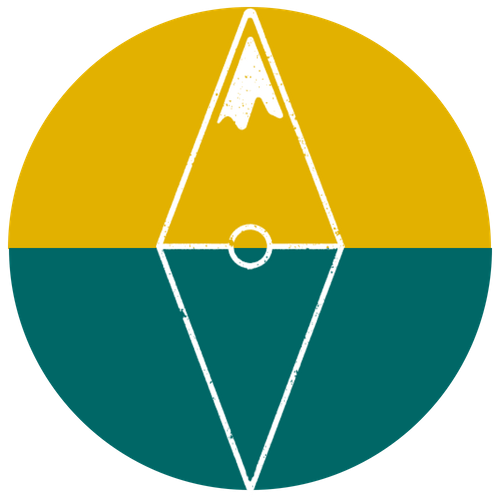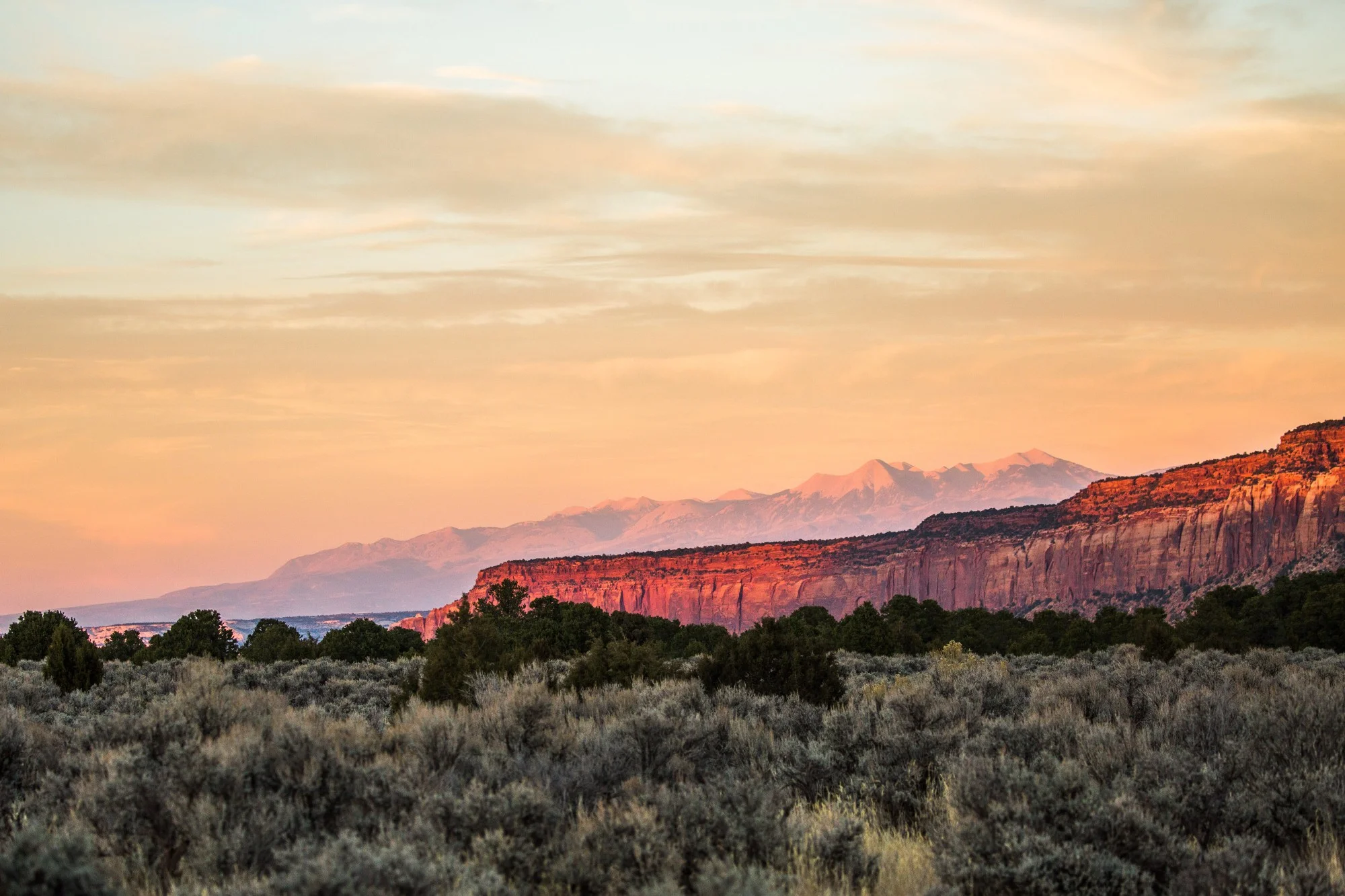PANAMA: Wild Nature In The Heart of the City
Text: Andreea Lotak; Photos: Justin & Andreea Lotak · 7 min read
Brown-throated sloth (Bradypus variegatus)
If you find yourself in the busy downtown or in the charming Old Town of Panama City, know that you’re a short car ride away from an amazing protected area teeming with wildlife. This is an easy conservation spot to explore for the urban dweller, offering incredible opportunities for nature photography.
Located within the boundaries of the city but connected with the the other larger national parks like Soberanía and Camino de las Cruces, the Metropolitan Natural Park was founded in 1985. The creation of the canal has removed and sunk entire forests and lands, but there is some silver lining if we are to look for it. The project has also triggered the long term conservation and protection of vast areas along the canal and in its vicinity. This was done in order to insure the necessary amounts of rainfall and protection from landslides along the main rivers that supply it with water. The Metropolitan Park is also known as the “Lungs of Panama City” and hosts numerous programs to bring attention to the importance of conservation to the people living in or visiting the busy capital.
We visited the park at the end of December and got there around 7:15 am. That’s about the time when the visitors office opens as well. The staff are very friendly and helpful and they also sell a small informative map for $1.50. We paid the $4 fee to enter and started on the main trail behind the office. This took us to the El Roble Trailhead and we quickly found ourselves in a different world. Though in the background we could still hear the sound of traffic from the road below, the forest was filled with dozens of bird calls. Trees and flowers of all sorts tower above the trail providing shade. A very short walk on the flat trail brought us to a pond where tens of turtles live, alongside fish and frogs.
In a nearby mango tree, a brown-throated sloth (a type of three-toed sloth) was resting and in a palm tree on the other side of the trail a mama-sloth was curled up around her baby taking one of the long naps for which they’re famous. The trail connects to several others, among them the Caobos trail, a short 1.1 km loop with a nice elevation change, lots of ñeques/agoutis chewing nuts on the ground and a view of the city’s skyline beyond the stunning canopy. Guided tours can be arranged a few days in advance and you can also include the canopy crane tour to explore the ecosystems formed on tree-tops.
We couldn’t recommend anything more than visiting this park while in Panama City. To find ourselves surrounded by toucans, sloths, exotic butterflies, giant tropical trees and funny-looking agoutis within 10 minutes of being on a flat trail in the heart of a city was a match made in heaven for Conservation Atlas. Below are a few of the photos we took while on this beautiful nature walk.
A RED GINGER PLANT HIDING A SMALL BUG, LIKELY A TYPE OF BEETLE
section of the caobos trail
view from the caobos mirador/outlook
Crimson-backed Tanager (Ramphocelus dimidiatus)
White-vented Plumeleteer (Chalybura buffonii)
Slaty-tailed Trogon (Trogon massena)
Black-chested Jay (Cyanocorax affinis)
Lineated Woodpecker (Dryocopus lineatus)
The keel-billed toucan (Ramphastos sulfuratus)

































In the Iberá wetlands of northern Argentina lies an incredibly biodiverse ecosystem. In this inspiring interview with Kris Tompkins, she tells the story of how her organization, Tompkins Conservation, has worked to restore and rewild the land, bringing back extirpated species and involving local communities in the conservation of what is now one of the largest protected areas in Argentina. Listen to her story and travel from home to this beautiful and remote corner of the planet where wildlife has been returning in large numbers.